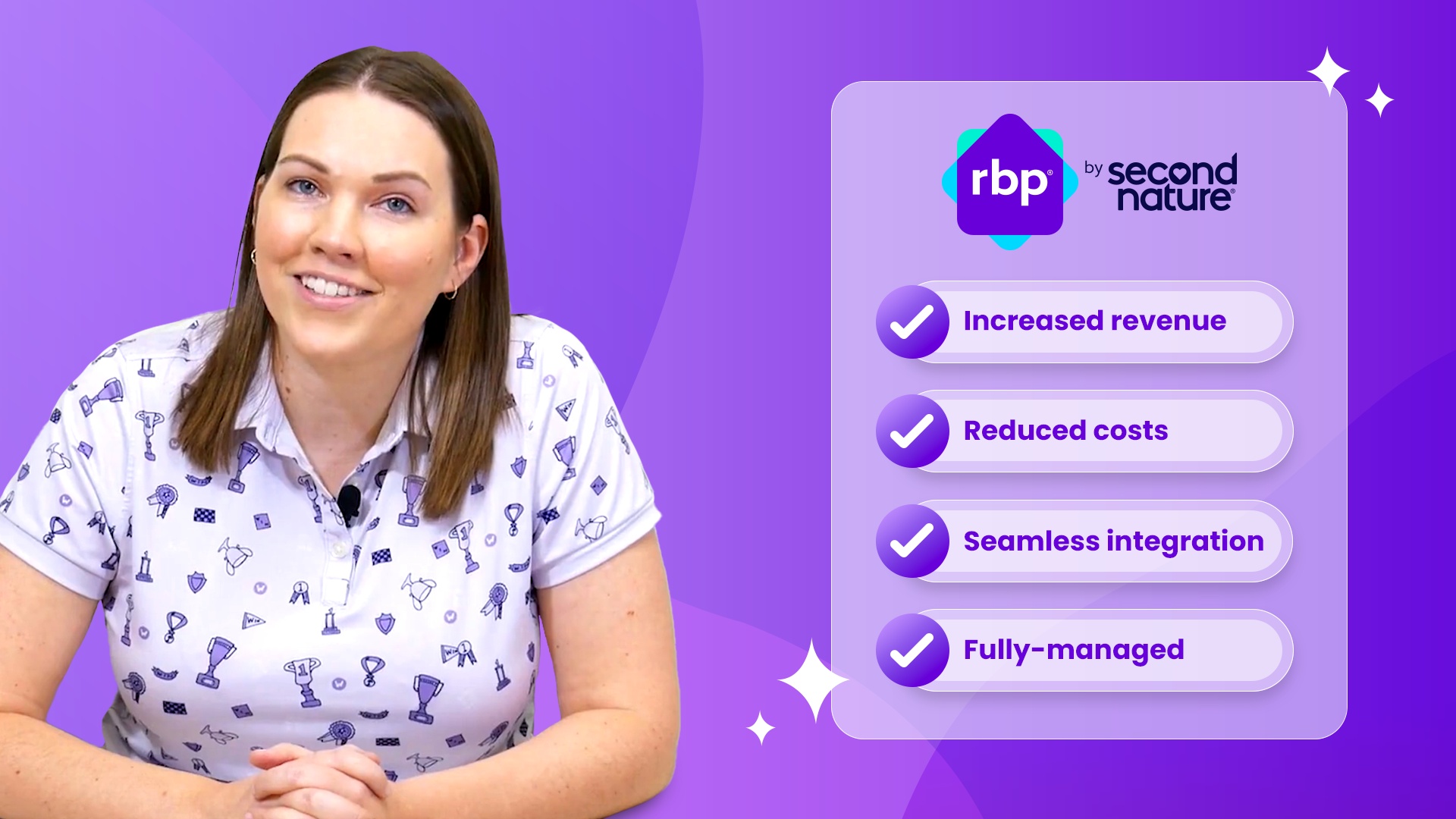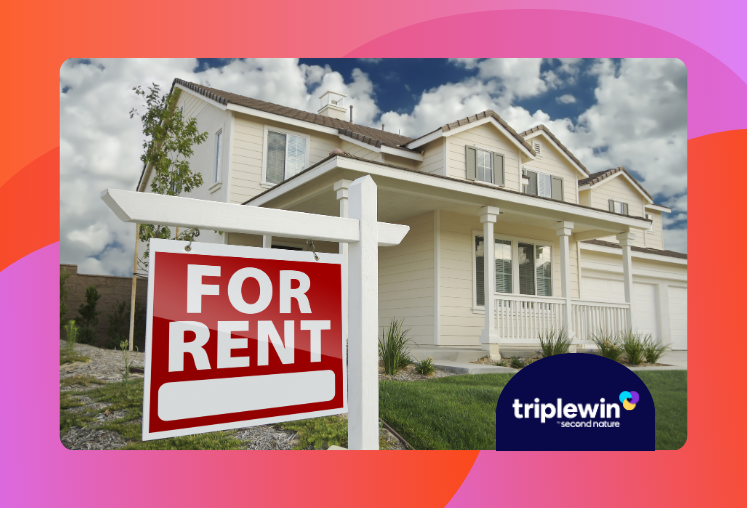What we'll cover
Second Nature's Triple Win blog
Appfolio's Industry Insights blog
Bay Management Group blog
Nest DC blog
Buildium blog
BiggerPockets
Rentometer blog
Fourandhalf's Marketing and Business Strategy blog
Rent Manager blog
All Property Management blog
Follow the Second Nature blog, podcast, and events to keep tabs on the property management industry
In an ever-evolving industry, it's important to stay up to date on the latest property management trends, technologies, and strategies. One of the best ways to do that is by reading industry blogs across a range of property management websites.
You'll find all kinds of best practices and practical tips from peers and other experts. They also help you keep abreast of any regulatory changes and compliance requirements that may inform your business decisions and strategies.
Today we'll cover some of the top property management blogs, with a focus on what each site brings to the table.
Also, be sure to check out the best property management newsletters to subscribe to that can level up and grow your business.
1. Second Nature's Triple Win blog
The Second Nature blog provides insights on a wide range of topics related to property management, including market trends, technology, resident retention, and more. Our focus is primarily on a “Triple Win” philosophy, which expresses the idea that residents, property managers, and investors can go beyond transactional basics to create new, mutually winning experiences.
Second Nature aims to provide a stage for experts in the industry—the people doing the real on-the-ground work—to share their knowledge and experiences across categories like investor relations, building and managing a team, and minimizing time to income.
The SecondNature blog is a valuable, highly readable resource for property owners and managers alike.

2. Appfolio's Industry Insights blog
Santa Barbara-based AppFolio is a software-as-a-service company focused on providing cloud solutions for the real estate market. Most property managers are already familiar with AppFolio, who offer a full suite of property accounting tools for companies of all sizes. Second Nature announced a partnership with AppFolio earlier this year, which just goes to show how much we respect and appreciate their impact on the industry.
You don't need to be an AppFolio customer to find its blog relevant—in fact, much of the content focuses on issues of broad interest to property management and property investment groups. One of AppFolio's biggest strengths is its wide-ranging first-party data, which allows them to provide unique insights into industry trends, resident preferences, and market performance.
3. Bay Management Group blog
The Bay Management Group manages over 6,000 units throughout Pennsylvania, Maryland, Virginia and Washington, D.C. Their blog reflects this partially regional focus, with categories including “Property Management in Baltimore” and “Owning a Rental Property in Pennsylvania."
However, a lot of the team's content is relevant to the whole property management business, with articles including “7 Ways to Ensure Your Potential Tenant’s References are Real,” “Tips for Successful Real Estate Partnerships” and “What is the Renter’s Bill of Rights and How Does It Protect Tenants?” The blog caters to property managers, residents, and investors alike, making it one of our favorites for its Triple Win approach.
This is a great blog that hosts archives going back to July 2012, making it one of the more venerable sites in this list.
4. Nest DC blog
Nest is a Washington management firm that focuses on homes and residents in the greater Washington, D.C. area. With expertise in single family homes, condos, multifamily housing, and mixed-use property in high-density, urban environments, Nest has something for everyone on their blog.
Its clean, stripped-down design dispenses with the standard trappings of blogs such as tags and categories, and features both plenty of articles for managers and residents. With seasonal topics like winter maintenance prep, and regionally focused articles like "5 Things You Should Know to Settle Like a Local in DC," Nest leverages 16 years of experience to bring you the most important insights into property management.
5. Buildium blog
The property management software company Buildium publishes blog posts and other resources on a wide range of property management topics, from accounting & taxes to legal considerations, to marketing tips and the latest news from Buildium.
Clearly, the content is aimed at a broad segment of the property management community, including rental property owners, property maintenance professionals, and real estate investors.
That said, Buildium really excels in their writings about property management finances and accounting, providing comprehensive accounting lessons as well as tips and tricks to streamline your financial workflows.
6. BiggerPockets
BiggerPockets is positioned as a complete resource for anyone looking to succeed in real estate investing. As such, the blog is focused primarily on property investment and rental income, especially macroeconomic trends impacting housing values, interest rates, and delinquencies.
However, it also provides a number of articles on property management tactics, along with OpEds on industry goings-on that you might find particularly interesting.
7. Rentometer blog
Rentometer collects and analyzes approximately 10 million rental records annually, making them a leader in rental data. The Rentometer blog is takes advantage of this capability, providing marketing insights to help manage real estate businesses, all backed by hard numbers.
Its blog dates back to 2018, and provides perspectives on remote property management, tools for growing real estate businesses, and more. You'll find advice on negotiating with residents, the fastest growing markets in the U.S., tools for growing your business, and, of course, leveraging Rentometer's solutions.
8. Fourandhalf's Marketing and Business Strategy blog
Fourandhalf is a property management marketing agency, so it makes sense that their blog is largely focused on go-to-market strategy. You'll find plenty of articles on things like advertising to new clients, branding your company, and search engine optimization, many of them written by expert guests.
While much of their content skews toward newer or growing property management companies, they also take time to touch on current debates in the industry, like whether you should publicly share your pricing on your website, or whether going viral is the key to business success. If you're looking for ways to amplify your company's message and increase visibility, Fourandhalf has content for you.
9. Rent Manager blog
The Rent Manager blog has evolved from a customer-focused outlet to a true industry resource, providing insights on the latest trends and news, including HUD updates, fair housing, and maintenance guides.
While you'll still get the most out of Rent Manager's blog if you use their property accounting software, there's plenty of value even if you don't. Their content on data, tooling, and regulatory updates provides important insights for anyone in the industry.
10. All Property Management blog
The All Property Management Blog reflects its identity as a marketplace for property management services, with articles aimed at real estate investors as well as property managers. APM published high quality templates and guides for things like writing a resident welcome letter or working with investment associations.
The site also offers useful tools like a state-by-state laws database, comprehensive resources on fair housing, and reviews and recommendations for various property management software solutions and other technology. Their content is written for a combination of real estate investors and property managers, so you're sure to find something for you.
Follow the Second Nature blog, podcast, and events to keep tabs on the property management industry
Here at SecondNature.com, you’ll find an abundance of resources designed to keep you up to date on events, analysis, and expert perspectives in the field – all geared toward helping property managers create a “Triple Win” that benefits residents, investors, and property managers alike:
Triple Win Property Management Blog
Triple Win Property Management Podcast
Triple Win Property Management Events
Learn more about SecondNature’s Resident Benefits Package, which is designed to generate revenue and establish Triple Win conditions for your residents, investors, and business.
Topics:






